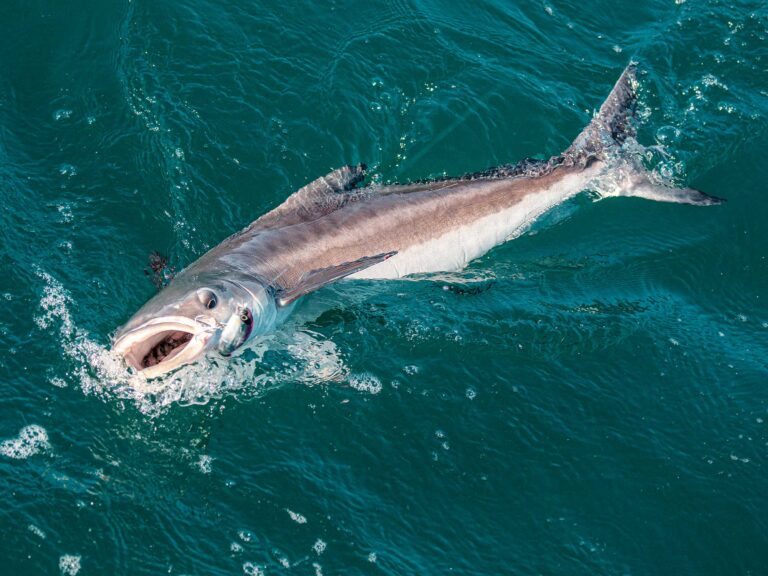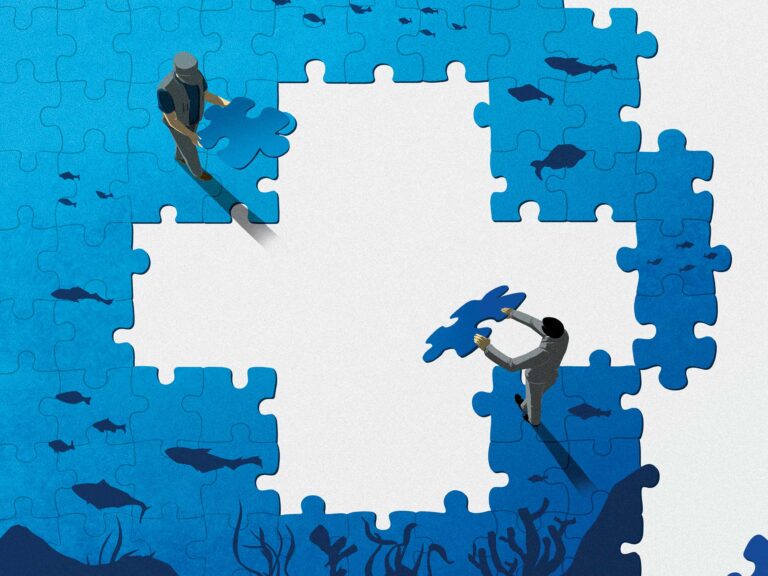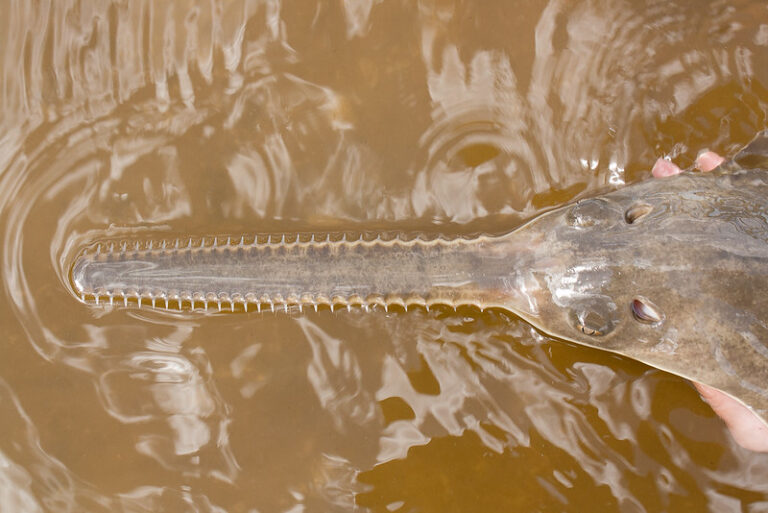
New Updates!! Check out updates concerning the tagging project
The first-ever tagging program in the South Caribbean kicked off on August 15th led by University of Miami’s Dr. Jiangang Lou. Dr. Lou and graduate student Mike Larkin joined captain Bruce Ungar from Stuart Florida, John Frazier of Fly Fishing in Salt Waters Magazine, Mark Badzinski of Sport Fishing Magazine and Dan Jacobs of Sport Fishing and Fly Fishing in Salt Waters Magazine to fish the Bocas off the western tip of Trinidad. The goal was to put Pop-Up Satellite Archival Tags (PSAT) into four fish weighing over eighty pounds.
Dan Jacobs, the producer of the Trinidad Tarpon Bash and American pioneer of Trinidad’s tarpon fishery, organized the expedition with the help of La Soufriere Marina, who donated the boats and crew to fish for the tarpon.
It didn’t take long for Captain Ungar to hook a nice fish in the second Boca on a DOA Terrorize lure. After about a forty- five-minute fight, Jacobs held the fish at boat side so Dr. Lou and Larkin could tag the fish. Once the PSAT tag was in and the fish swam away the crew rejoiced knowing this was the first ever-tagged tarpon in this region of the world. The fish was estimated at 88 pounds based on length and girth measurements.
Both Frazier and Badzinski caught tarpon in the 50-pound range, which were tagged with conventional archival spaghetti tags — also a first for Trinidad. The last fish of the day was caught by Jacobs and estimated at 122 pounds — a perfect specimen for the second PSAT tagging of the day.
“This is one of the most exciting moments in my career,” Jacobs said. ” I am very proud to be a part of this historic event and look forward to the scientific information we will receive.”
The tagging continued on August 16th as more juvenile fish were tagged with conventional spaghetti tags. The team was able to deploy a third PSAT tag in another 125-pound tarpon during the evening bite. The three PSAT tags are scheduled to deploy in February, March and April 2007.
Captain Ungar stayed on for the Tarpon Bash and spoke to all of the captains from Trinidad and Tobago about the tagging efforts and how to insert the tags. With the help of Sport Fishing Magazine Ungar provided tag sticks and spaghetti tags to the captains who will continue to tag the tarpon thought the year.
**Update!! 21 September 2006****
One of the tarpon tags used in the project has fallen off a bit early but has already provided the researchers with some great information.
The tag began to transmit a popoff signal four days after drifting at sea. The signal placed it about 150 miles northwest of Trinidad, but with the currents at the time it is believed that the tarpon had gone to Grenada where the tag became dislodged.
Information gathered shows the tarpon maintianed a maximum depth of 120 feet until September 4th, then the fish went deeper, up to 270 feet, when it entered the Caribbean Sea on its trip to Grenada.
The tarpon that gathered the data was caught and tagged on August 15 during the Trinidad Tarpon Bash by tournament director Dan Jacobs and weighed approximately 120 lbs. This research is supported by Bonefish and Tarpon Unlimited (BTU).
Update 27 September 2006
Another tag pops off!
Another tag has released from its tarpon host and begun transmitting its location after four days at sea. The signal was recieved on September 27.
The floating tag’s location is approximately 50 miles north of the location of the first tag to pop off when it began transmitting on September 21. From this information, researchers estimate that the tarpon was somewhere near St. Vincent and the Grenadines when the tag was released.
The fish that was carrying the tag was the first caught by Captain Bruce Ungar during the Trinidad Tarpon Bash on August 15.
This research is sponsored by Bonefish and Tarpon Unlimited.
_

_
For more information on the program go to _www.bonefishresearch.com._









